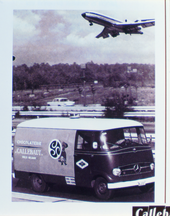
Chocolate, or cocoa, is a food made from roasted and ground cacao seed kernels that is available as a liquid, solid, or paste, either on its own or as a flavoring agent in other foods. Cacao has been consumed in some form for at least 5,300 years starting with the Mayo-Chinchipe culture in what is present-day Ecuador. Later Mesoamerican civilizations also consumed chocolate beverages before being introduced to Europe in the 16th century.

A chocolate bar is a confection containing chocolate, which may also contain layerings or mixtures that include nuts, fruit, caramel, nougat, and wafers. A flat, easily breakable, chocolate bar is also called a tablet. In some varieties of English and food labeling standards, the term chocolate bar is reserved for bars of solid chocolate, with candy bar used for products with additional ingredients.

White chocolate is a confectionery typically made of sugar, milk, and cocoa butter, but no cocoa solids. It is pale ivory in color, and lacks many of the compounds found in milk, dark, and other chocolates. It is solid at room temperature because the melting point of cocoa butter, the only white cocoa bean component, is 35 °C (95 °F).
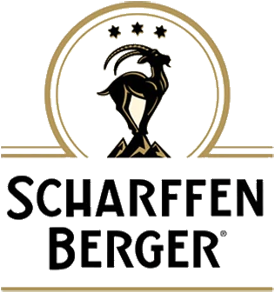
Scharffen Berger is an American chocolate manufacturing company, which was a subsidiary of The Hershey Company after it had been acquired in 2005. Scharffen Berger was established as an independent Berkeley, California-based chocolate maker in 1996 by sparkling wine maker John Scharffenberger and physician Robert Steinberg.

Valrhona is a French premium chocolate manufacturer based in the small town of Tain-l'Hermitage in Hermitage, a wine-growing district near Lyon. It is now a subsidiary of Savencia Fromage & Dairy. The company was founded in 1922 by a French pastry chef, Albéric Guironnet, from the Rhône valley and has five subsidiaries and 60 local distributors across the globe. It is one of the leading producers of gastronomic chocolate in the world. The company also maintains the École du Grand Chocolat, a school for professional chefs with a focus on chocolate-based dishes and pastries. In 2015 Valrhona opened the École Valrhona Brooklyn, a pastry school in Brooklyn; there are also two Écoles Valrhona in France and one in Japan.

A chocolatier is a person or company who makes confectioneries from chocolate. Chocolatiers are distinct from chocolate makers, who create chocolate from cacao beans and other ingredients. They are pastry chefs or confectioners who specialize in chocolate and making chocolate candies. Chocolatiers work artisanally with ready-made chocolate mass and are therefore distinct from industrial chocolate makers.

Stollwerck GmbH is a German chocolate manufacturer based in Norderstedt. It was founded in 1839 and expanded internationally in Europe and America, becoming the second largest producer of chocolate in the United States by 1900. Stollwerck was owned by Barry Callebaut from 2002 to 2011. Since October 2011 it has belonged to Belgian firm Baronie Group.

Chocolate is a food product made from roasted and ground cocoa pods mixed with fat and powdered sugar to produce a solid confectionery. There are several types of chocolate, classified primarily according to the proportion of cocoa and fat content used in a particular formulation.

Swiss chocolate is chocolate produced in Switzerland. While cacao beans and other ingredients, such as sugar cane, originate from outside Switzerland, the actual production of the chocolate must take place in Switzerland. Switzerland's chocolates have earned an international reputation for high quality with many famous international chocolate brands.

Guylian is a Belgian chocolate brand and manufacturer best known for its seashell shaped pralines. The company was founded in 1958 in Sint-Niklaas, Belgium by Guy Foubert and is now owned by the South Korean company Lotte Confectionery.
Barry Callebaut AG is a Swiss-Belgian cocoa processor and chocolate manufacturer, with an average annual production of 2.3 million tonnes of cocoa & chocolate . It was created in 1996 through the merging of the French company Cacao Barry and the Belgian chocolate producer Callebaut. It is currently based in Zürich, Switzerland, and operates in over 30 countries worldwide. It was created in its present form by Klaus Johann Jacobs.
The following outline is provided as an overview of and topical guide to chocolate:

A chocolaterie is a type of business which both manufactures chocolate confections and sells them, at the same location. It is usually a small family business, often operating at only one location. The word is of French origin, and shops named as such are common in France and Belgium. The term is also used to designate larger chocolate production companies, such as Chocolaterie Guylian, many of which started as smaller shops. This type of store operates in other countries, such as the US, Canada, the UK and Germany, sometimes using the French term. Stores which sell candies and chocolate but do not produce their own brand are called confectionery stores, or other names depending on the region. The related occupational term is chocolatier, though this term is also used sometimes to describe chocolateries, such as Godiva Chocolatier.

Aalst Chocolate is a manufacturer of industrial chocolates and compounds, gourmet chocolates and related products. It was established in 2003 in Singapore, by Richard Lee and Connie Kwan, who are currently Chief Executive Officer and Chief Operating Officer respectively. They are the first chocolate factory to be fully owned and managed by Singaporeans.
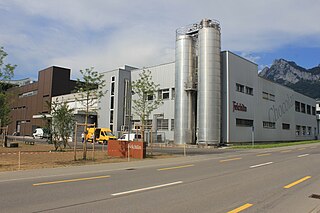
Max Felchlin AG is a company headquartered in Schwyz, Switzerland which produces chocolate and other baking and confectionery ingredients.
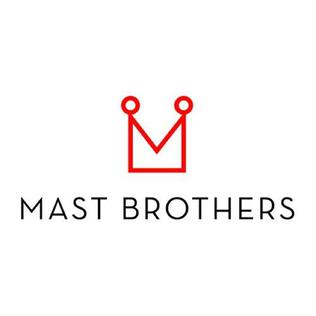
Mast Brothers is an American artisanal chocolate company headquartered in Brooklyn, New York. The company was founded in 2007 by brothers Rick and Michael Mast from Primghar, Iowa. Mast Brothers, according to Vanity Fair, is "widely credited for introducing artisanal chocolate to mainstream American culture" and has been instrumental in popularizing the bean-to-bar movement in America,. However, Mast Brothers has also faced criticism and allegations that did not make their chocolate in the "bean-to-bar" style they claimed.
Chocolat Jacques is a Belgian firm that was founded in Verviers in 1896, by Antoine Jacques (1858-1929). Production was later moved to Bruges and Eupen in the east of Belgium, where its headquarters have also been located since 1923.
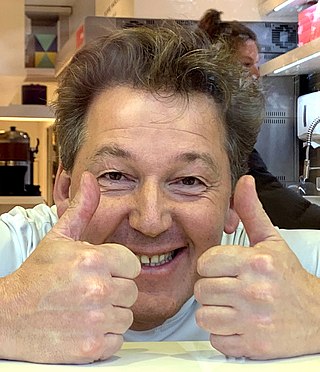
Pierre Marcolini is a Belgian chocolatier born in Charleroi, Belgium, in 1964.

Ruby chocolate is a style or distinct variety of chocolate that is pink or purple in colour. Barry Callebaut, a Belgian–Swiss cocoa company, introduced it as a distinct product on 5 September 2017 after beginning development of their product in 2004. It has a pink color, and Barry Callebaut says it is a fourth natural type of chocolate. Some other industry experts have said that some cacao pods are naturally pink or purple in colour, and thus pink chocolate has been available before.

Bean-to-bar is a trade model in which a bean-to-bar chocolate manufacturer controls the manufacturing of chocolate from the procurement of beans to the creation of the end product of consumer chocolate.


